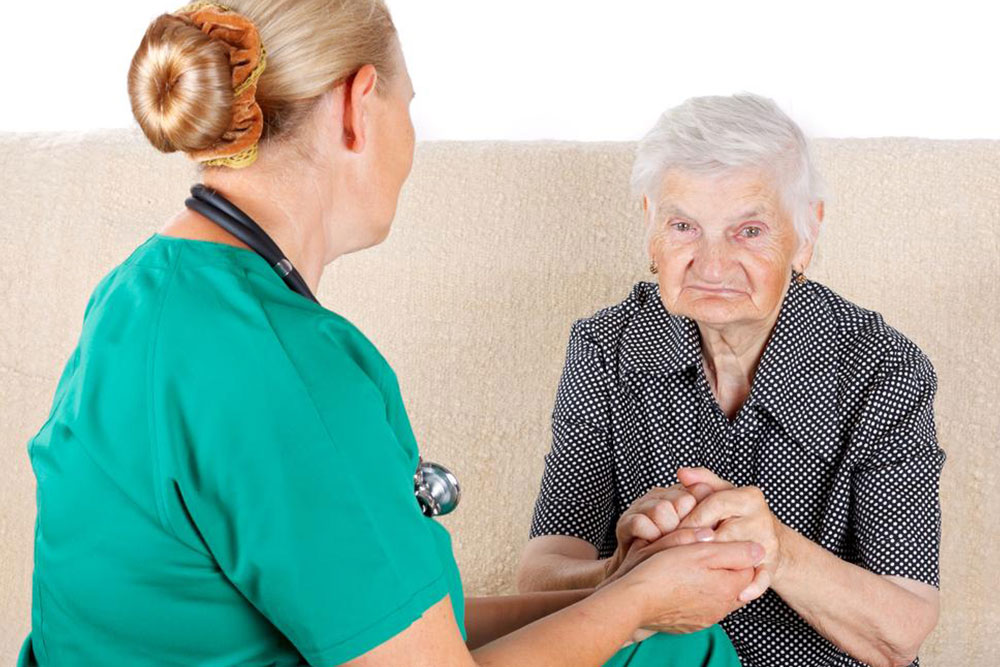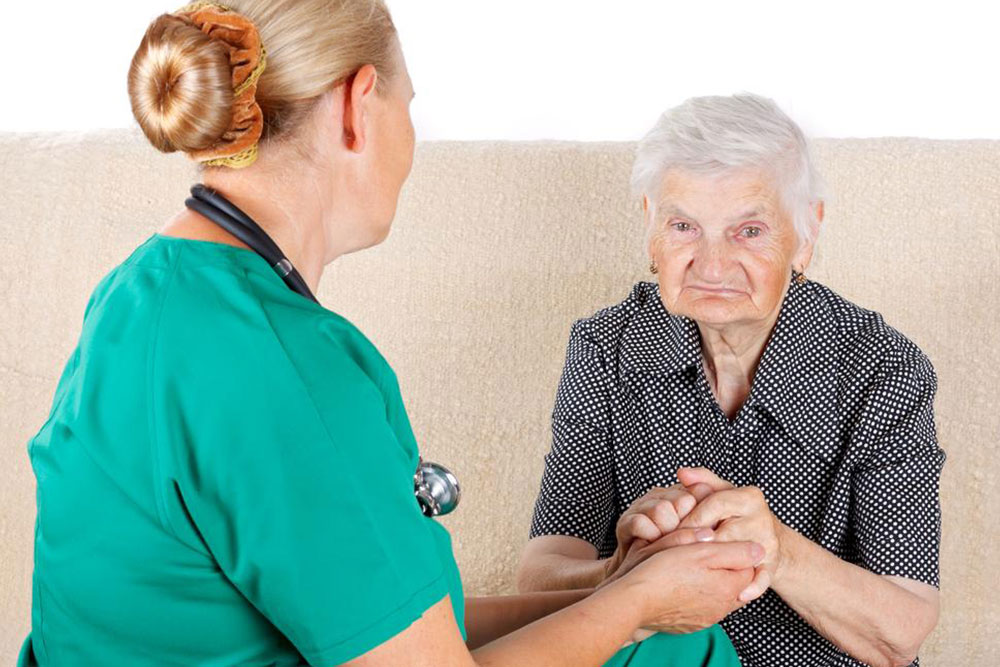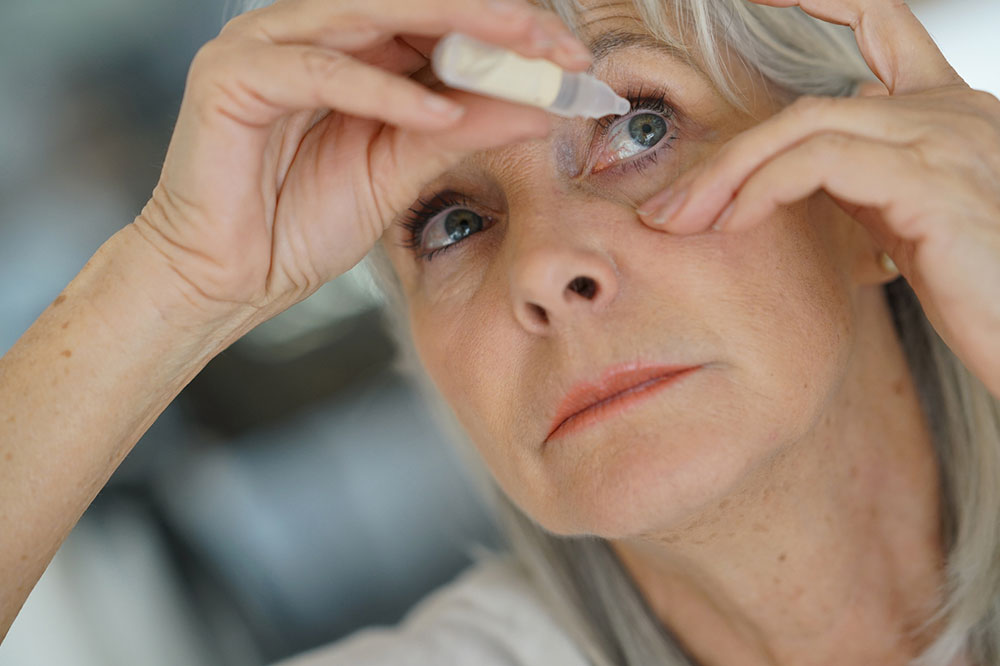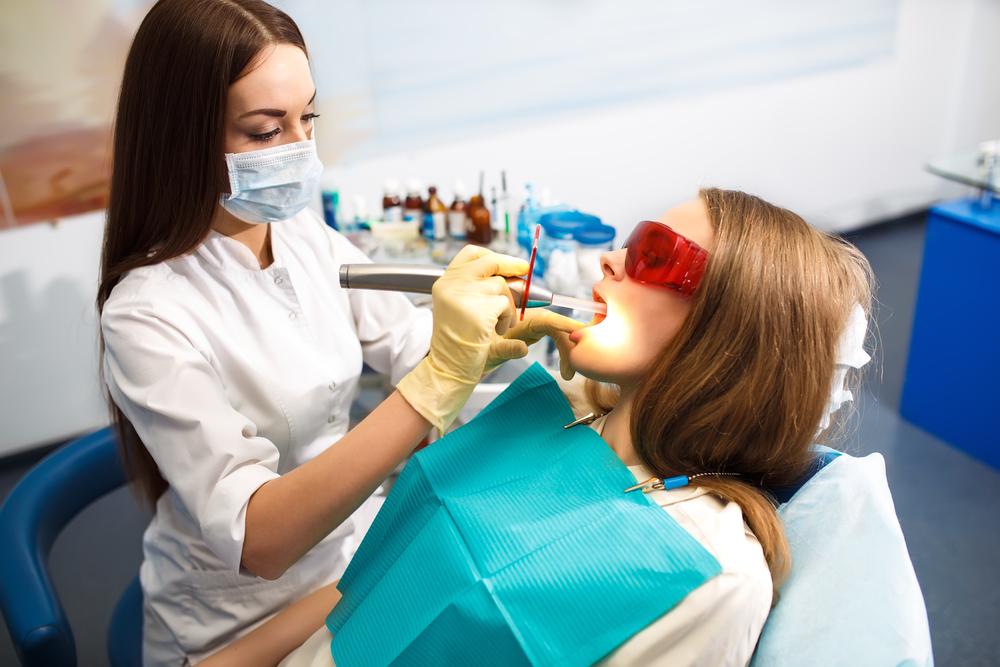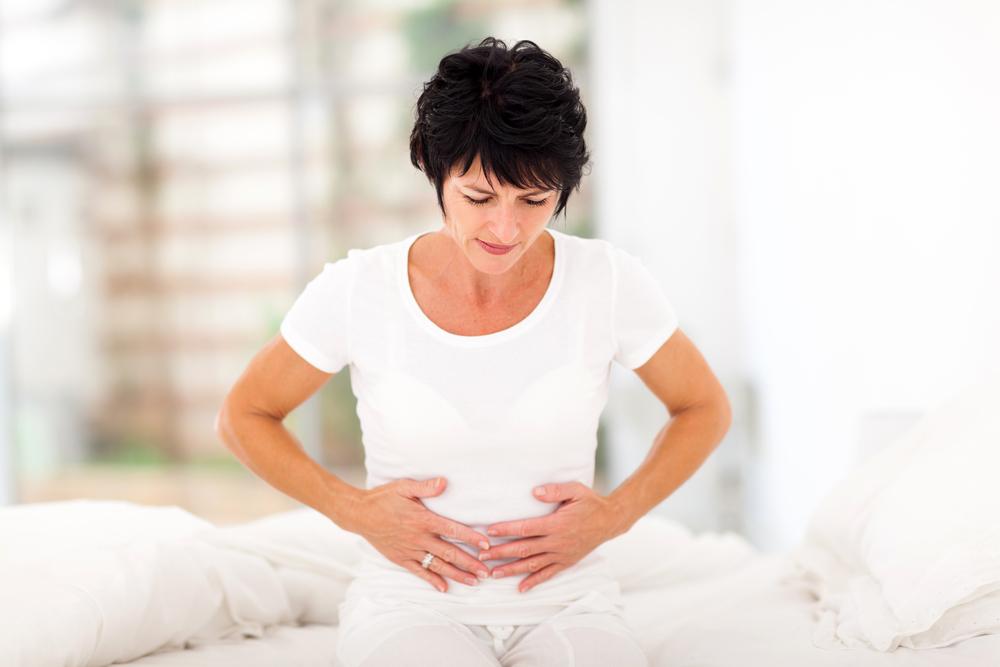Understanding Parkinson’s Disease: Symptoms, Causes, and Treatment Options
This article provides an overview of Parkinson's disease, highlighting its symptoms, suspected causes, and available treatment strategies. It offers insights into managing the condition through medical procedures and natural therapies, emphasizing the importance of early diagnosis and personalized care to improve quality of life for patients. The content aims to inform readers about the disease's progression and management options effectively.

Understanding Parkinson’s Disease: Symptoms, Causes, and Treatment Options
Parkinson’s disease is a neurodegenerative disorder that impacts the nervous system and various muscles controlled by nerves. It manifests through symptoms that tend to worsen over time, such as slowed movement and muscle stiffness. Medical professionals typically recommend a combination of treatments and home strategies to manage and slow disease progression. The average lifespan after diagnosis ranges from 10 to 20 years. Recognizing the disease early is crucial for effective management and maintaining quality of life.
Recognizable Symptoms of Parkinson’s
Slow movement —Individuals often experience difficulty in moving, with tasks like walking, climbing stairs, or standing up taking more time. This results from impaired reflexes and motor control.
Tremors —Rhythmic shaking, especially in limbs or fingers, is common. Resting tremors are most prominent and often involve rubbing fingers or thumb back and forth.
Muscle rigidity —Affected nerves lead to stiffening of muscles, which can cause discomfort and restrict movement.
Speech changes —Speech may become monotone, slurred, or hesitant due to brain regions involved in speech being affected.
Altered handwriting —Fine motor skills decline, making writing difficult, with smaller or shaky handwriting being observed.
Causes of Parkinson’s Disease
While the exact cause remains unknown, Parkinson’s likely results from a combination of genetic and environmental factors. Some cases are linked to hereditary factors, accounting for about 20% of instances. Researchers worldwide continue searching for definitive causes, aiming to develop more targeted treatments.
Management and Treatment Strategies
Yoga and mindfulness —Practicing yoga enhances flexibility, balance, and mobility while aiding sleep quality. Meditation helps reduce stress, which can worsen symptoms.
Tai chi —This gentle exercise improves coordination and stability, which are crucial for those with Parkinson’s.
Massage therapy —Massages relax muscles, improve breathing, and alleviate symptom severity, enhancing overall well-being.
Other remedies include movement therapy, acupuncture, and maintaining a healthy diet. These holistic approaches aim to improve life quality and manage symptoms effectively.
Treatment Options for Parkinson’s Disease
Deep brain stimulation—An implanted device delivers electrical impulses to specific brain areas, helping control tremors and improve mobility.
Stem cell therapy—Involves transplanting neural cells that produce dopamine to replace damaged neurons, stabilizing movement.
Neuronal repair procedures—Surgical treatments focus on restoring nerve function and repairing damaged neural pathways.
Additionally, gene therapy offers promising potential. Patients should consult healthcare providers to tailor treatment plans based on individual needs.


